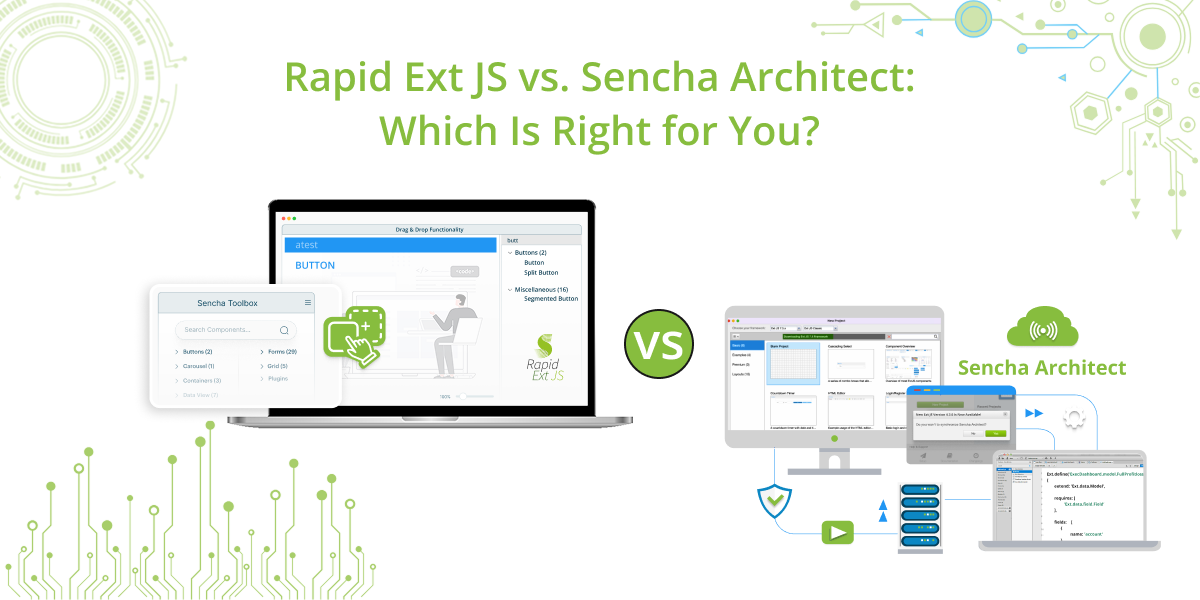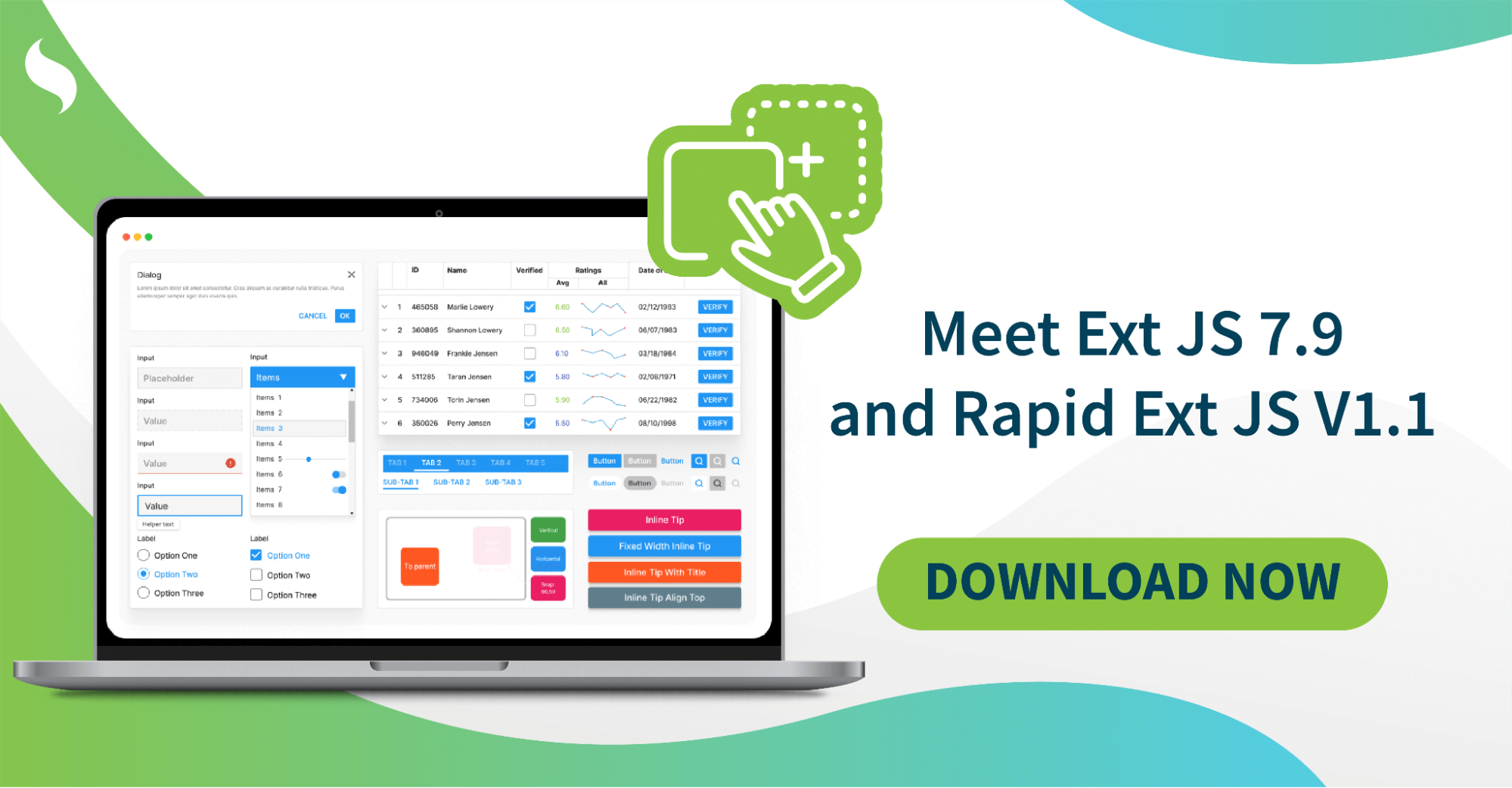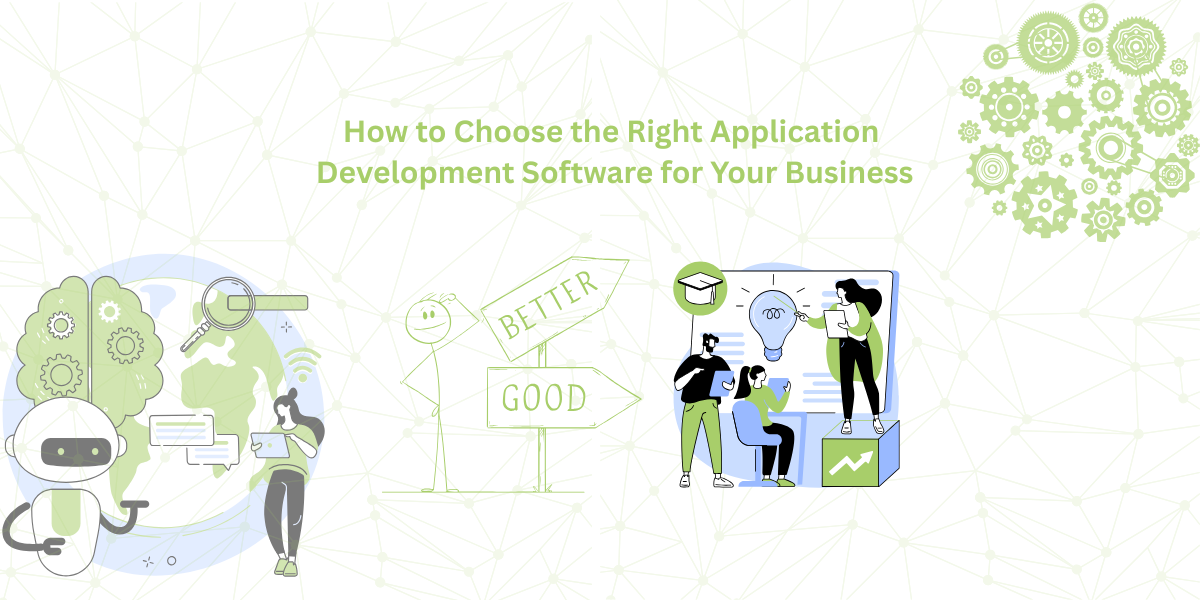5 Signs You Need a JavaScript Grid for Your Web Project in 2025
Currently, web projects handle vast datasets that are complex. Web applications also provide advanced functionality, making data filtering and management crucial. They must ensure a consistent user experience across platforms. These factors have made grid and data storage in web applications more challenging.

A JavaScript grid component is now essential for modern applications. These grids simplify intricate processes, make data handling easier, and manage grid rows effectively. They also offer advanced features and integrate well with other applications.
Grids enhance interactions by providing simple, interactive graphics. A data grid works efficiently on various devices and allows developers to customize grid header rows to suit specific requirements.
In this post, we will discuss five signs that show you need a data grid component. We will begin with how enterprise grids manage and process big data using element data var grid systems. Then, we will highlight critical features like scalability and smooth integration. Finally, we will discuss why Ext JS JavaScript Grid is essential in 2025.
These indicators are crucial for project planning. They optimize development, reduce costs, and ensure compliance with industry standards. Let’s explore how grids can transform applications.
1. Your Application Manages Large Volumes of Data
Managing large datasets is challenging in web applications. Businesses now collect more data for decisions and strategies. Developers must ensure performance and usability. Big data can cause long load times and slow interfaces, which frustrate users.
The Challenge of Handling Big Data in Web Applications
Web apps are popular for rapid data processing and management. As data grows, tasks like pagination, filtering, and sorting become harder. Traditional methods struggle with large datasets, often leading to slow applications or browser crashes. Developers need the right tools, like AG Grid, which supports basic grid operations, to manage big data efficiently.
How Ext JS Grid Handles Big Data Efficiently
Ext JS Grid is designed to handle large datasets with features like virtual scrolling and lazy loading. Only visible data loads, reducing memory usage and ensuring speed.
For large projects, server-side sorting, filtering, and pagination are essential. These features reduce client-side load, improving speed and efficiency. Additionally, tools like JavaScript data grids make it easier to retrieve grid instances and perform advanced operations. Ext JS Grid enables developers to build efficient big-data applications, offering users a better experience.

2. You Need Advanced Data Manipulation Features
Why Advanced Data Features Are a Necessity
Applications must do more than store and display data. Businesses need real-time features for data manipulation, reporting, and analysis. Without advanced features, applications quickly become outdated. Essential operations like filtering, sorting, grouping, and aggregating improve data usability.
For example, table filter row cells help retail dashboards filter by customer segments or date ranges. Similarly, table insert row cells or table edit row cells can add or modify transactional data in financial apps. Features like customize grid filter rows and customize grid inserting rows make these operations seamless.
Customization for Business Needs
Different industries have unique data needs. Standard tools only go so far. Ext JS lets businesses customize features to meet specific requirements. Logistics companies can sort data by delivery route, while healthcare providers use grid header rows to organize patient data. Tools like AG Grid also allow developers to set grid editing rows for a more tailored experience.
Customization improves competitiveness and user experience. With JavaScript data grids, businesses can stay ahead in a data-driven world.
3. Your Team Requires Seamless Integration with Other Tools
The Modern Development Landscape
Applications often interface with tools like databases, APIs, and CRMs. Data integration ensures smooth operations and efficient data flow. Real-time communication between systems is critical. Applications must connect to tools like Excel or Google Sheets.
How Seamless Integration Improves Efficiency
Seamless integration reduces manual data entry and boosts productivity. For instance, a CRM integrated with an inventory system simplifies tasks for sales teams. In finance or healthcare, connecting external databases improves accuracy and efficiency. Such integration saves time and resources, streamlining workflows.
4. Your Users Expect Intuitive and Responsive Interfaces
The Importance of User Experience in 2025
User experience remains vital for applications. Users demand intuitive, smooth, and easy-to-use interfaces. Poor design frustrates users and drives them away. In 2025, user expectations are higher than ever.
Ext JS Grid enhances user experience by supporting rows and columns operations like paging, sorting, and filtering. Features like the grid filter row ensure easy navigation through complex datasets, making applications more intuitive.
Responsive Design Across Devices
The rise of mobile users makes responsive design essential. Ext JS Grid adapts to screen widths and supports touch interactions. This ensures applications function optimally on all devices. Developers can use row jQuery element items and string representing CSS classes to achieve responsive layouts, improving the user experience further.

5. You’re Looking for a Scalable and Reliable Solution
Why Scalability is Key for Enterprise Applications
As businesses grow, so does their data. Enterprise apps must scale to accommodate this growth. Scalability ensures performance remains steady as data rows and users increase. Non-scalable apps become sluggish and error-prone.
For example, as a business expands, its transactions and customer base grow. A scalable grid like Ext JS supports this growth without compromising performance. It can handle tasks like highlighting grid rows or customizing editing row rendering while maintaining efficiency.
Why Choose a Specialized Grid Like Ext JS Grid in 2025?
Ext JS Grid offers scalability without sacrificing speed. Features like virtual scrolling and backend integration ensure seamless performance. It handles millions of rows and columns with minimal errors. Developers can use a custom validation function message or a validation configuration object to ensure data integrity during operations like grid editing rows.
Additionally, Ext JS enables developers to create column header content and work with row jQuery elements for improved control over UI rendering. The controller accepts filter parameters, and the promise loads data calling ensures smooth data handling for large datasets.
Ext JS Grid efficiently integrates with APIs and offers customization options for representing table rows and table cells (td). Its scalability ensures top performance, regardless of data size. In 2025, Ext JS Grid is a powerful tool for managing complex data in business applications, offering functionalities including data binding for seamless operations.

Conclusion
In 2025, choosing the right JavaScript grid is crucial for handling large datasets and improving user experience. As businesses scale, they need solutions that manage big data and provide advanced features. These features include sorting, filtering, and grouping. Ext JS Grid offers these capabilities and more.
It also integrates seamlessly with third-party systems. This allows real-time data synchronization. The grid’s responsive design ensures a smooth user experience across devices. Scalability is another strength. Ext JS Grid grows with your business.
By adopting Ext JS Grid, you ensure your web applications stay efficient and reliable. This blog highlighted five signs that indicate you need a JavaScript grid. These include managing large data volumes, advanced data features, integration needs, responsive interfaces, and scalability. Understanding these signs helps you make the right choice for your project.
FAQs
How does Ext JS Grid differ from other JavaScript grids?
Ext JS Grid offers advanced features like filtering row values, complete grid rendering, virtualization, integration, and high scalability for large datasets.
What advanced features does Ext JS Grid offer?
It includes features like filtering, sorting, grouping, paging, and virtual scrolling for efficient data management.
Where can I find documentation and support for Ext JS Grid?
You can find documentation and support on the official Sencha website and their community forum.
Explore the power of Ext JS today for scalable, high-performance web applications—get started now!

When it comes to developing robust, enterprise-grade web applications, Sencha provides some of the most…

The Sencha team is excited to announce the latest Ext JS version 7.9 and Rapid…

It is important to select the best app development software with proper instructions that enhance…










